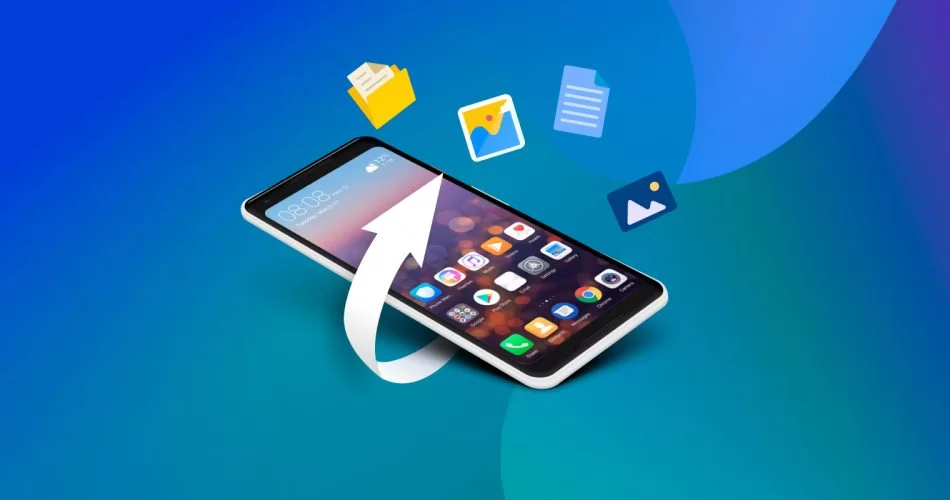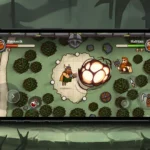We understand the frustration of losing your carefully customized phone theme and settings. Whether you’ve upgraded to a new device, performed a factory reset, or experienced an unexpected data loss, the disappearance of your personalized interface can feel devastating. In this comprehensive guide, we’ll walk you through multiple methods to recover your lost phone theme and settings, even when you forgot to create a backup beforehand.
Understanding What Gets Lost Without a Backup
When your phone undergoes a reset or you switch devices without proper backup protocols, several critical elements disappear. Your custom wallpapers, icon arrangements, widget configurations, notification settings, and personalized color schemes all vanish. Additionally, app-specific settings, launcher preferences, and system-level customizations revert to factory defaults. Understanding the scope of what’s lost helps us implement targeted recovery strategies.
Immediate Steps After Discovering Data Loss
The moment you realize your theme and settings have disappeared, take immediate action to maximize recovery chances. Do not install new applications or make extensive changes to your current configuration, as this could overwrite recoverable data. Keep your device powered on and connected to a stable internet connection. Many cloud services perform automatic synchronization, and your data might still be in the process of restoration.
Leveraging Built-in Cloud Backup Systems
Modern smartphones include integrated backup solutions that may have captured your settings without your explicit knowledge. For Android devices, Google automatically backs up certain elements when connected to your Google account. Navigate to Settings, then Google, and select “Backup.” Here you’ll find options to restore app data, call history, device settings, and SMS messages. The restoration process typically takes between five to thirty minutes depending on data volume.
For iOS users, iCloud provides comprehensive backup functionality. Access Settings, tap your name at the top, select iCloud, then iCloud Backup. Even if you didn’t manually initiate backups, iOS performs automatic backups when your device is connected to power, locked, and on Wi-Fi. Check the backup timestamp to determine if recent data exists.
Third-Party Launcher Recovery Methods
If you utilized a third-party launcher like Nova Launcher, Action Launcher, or Microsoft Launcher, your theme settings might be recoverable through the launcher’s proprietary backup system. Most premium launchers automatically save configurations to cloud storage. Open your launcher’s settings menu and look for “Backup & Restore” options. These applications often maintain multiple backup versions, allowing you to restore configurations from specific dates.
Nova Launcher users can access backup files stored in the device’s internal storage under the Nova Launcher folder. If you previously exported your settings, the backup file (typically a .novabackup extension) can be imported to restore your entire layout, including icon positions, folder arrangements, and gesture controls.
Recovering Theme Data from Manufacturer-Specific Services
Samsung Galaxy users benefit from Samsung Cloud, which backs up themes purchased from the Galaxy Store along with home screen layouts and settings. Access Samsung Cloud through Settings, then Accounts and Backup. The Samsung Themes application also maintains a “My Stuff” section where previously applied themes remain accessible for reapplication.
Xiaomi and Redmi device owners should check Mi Cloud for theme backups. MIUI’s Theme Manager automatically saves applied themes to your Mi account. Navigate to Themes app, tap the profile icon, and select “My Themes” to view and reapply previous customizations.
OnePlus users can utilize OnePlus Cloud to retrieve settings and theme data. The OnePlus Shelf and launcher settings are typically backed up automatically when cloud sync is enabled.
Using Google Photos for Wallpaper Recovery
Your custom wallpapers might be recoverable through Google Photos, even if you didn’t explicitly upload them. Google Photos automatically backs up images when the backup feature is enabled. Open Google Photos, navigate to the Library tab, and check the folders section. Your wallpapers might appear in the Screenshots folder or Camera folder depending on their source.
For live wallpapers and dynamic backgrounds, check the Google Play Store’s “My apps & games” section under the Library tab. Previously installed wallpaper applications remain in your download history, allowing you to reinstall and reapply them.
Extracting Settings from Email Confirmations and Purchase History
Review your email inbox for purchase confirmations from theme stores, icon pack purchases, and customization app subscriptions. These emails often contain links to specific themes and settings packages. Search for keywords like “theme,” “launcher,” “wallpaper,” “icon pack,” and the names of customization apps you’ve used.
Your Google Play Store purchase history maintains a complete record of all paid themes, icon packs, and customization tools. Access the Play Store, open the menu, select “Account,” then “Purchase history.” This comprehensive list allows you to reinstall previously purchased customization elements.
Recovering Widget Configurations
Widget settings are among the most challenging elements to restore because they’re typically stored locally. However, some widget applications maintain cloud-based configurations. Popular widget apps like KWGT, Zooper Widget, and Overdrop weather widgets offer backup functionality within their settings menus.
For Google widgets like Calendar, Keep Notes, and Gmail, the widget content automatically syncs with your Google account. Simply re-add the widgets to your home screen, and they’ll populate with your existing data.
Utilizing System-Level Recovery Tools
Advanced users can employ ADB (Android Debug Bridge) to extract remnants of configuration files. Connect your device to a computer, enable USB debugging in Developer Options, and use ADB commands to pull configuration files from the device’s internal storage. This method requires technical expertise but can recover settings that other methods cannot access.
Look for files in directories like /data/data/, where launcher configurations and theme data reside. Configuration files often use XML or JSON formats and can be manually edited or reimported after recovery.
Restoring Settings Through App Data Backup
Applications like Titanium Backup, Swift Backup, and Super Backup can restore individual app data, including launcher settings and theme configurations. These tools require installation before data loss occurs, but if you previously used them, your settings might be recoverable from their backup directories.
Even without root access, some backup applications create archives in the device’s internal storage or SD card. Navigate to the app’s designated backup folder using a file manager and check for recent backup files.
Preventing Future Theme and Settings Loss
To avoid repeating this frustrating experience, implement a comprehensive backup strategy. Enable automatic cloud backups through your device manufacturer’s service and Google. Schedule weekly manual backups using your launcher’s export function. Take screenshots of your home screen layouts for visual reference.
Create a dedicated folder in Google Drive or Dropbox to store exported theme files, launcher backups, and configuration screenshots. Document your preferred settings in a note-taking app, including specific color codes, font selections, and animation preferences.
Alternative Recovery Through Social Media and Forums
If you shared screenshots of your customized home screen on social media platforms like Instagram, Twitter, or Reddit, these images can serve as reference points for recreating your setup. Search your posting history for these images, which provide valuable information about icon packs, widgets, and wallpapers used.
Visit customization forums like XDA Developers or subreddits like r/androidthemes, where you might have previously shared your setup or asked for customization advice. Your post history could contain crucial details about the themes and settings you configured.
Recreating Your Theme from Memory
When recovery proves impossible, systematic recreation represents your best option. Begin by identifying the icon pack you used by browsing the Play Store’s icon pack category and recognizing familiar styles. Popular icon packs like Whicons, Linebit, and Reev often trigger visual recognition.
Reconstruct your widget layout by installing common widget applications and experimenting with their configurations. Use color picker tools to identify the specific color schemes you preferred. Take advantage of theme creation apps that allow you to save and export custom color palettes.
Conclusion
Losing your phone theme and settings without a backup doesn’t mean permanent loss. By systematically exploring cloud services, launcher-specific backups, manufacturer solutions, and recovery tools, we can often restore significant portions of your customization. The key lies in acting quickly, avoiding further system changes, and methodically checking all available recovery avenues. Moving forward, implementing regular backup routines ensures you’ll never face this situation again, protecting the time and effort invested in creating your perfect mobile interface.



